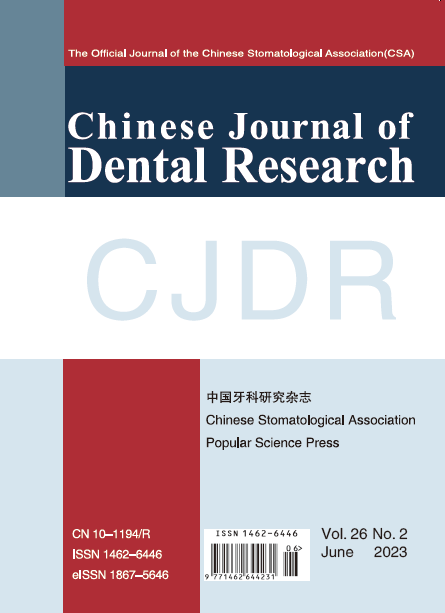|
Objective: To explore the genetic background and clinical phenotypes of multiple idiopathic cervical root resorption (MICRR) in a Chinese family. Methods: The proband and his three family members were clinically examined and had radiographs taken with a radiovisiography (RVG) system and CBCT to define the diagnosis of MICRR. Genomic DNA (gDNA) was extracted from peripheral blood samples of the patient, his father, mother and younger sister for whole exome sequencing (WES). The pathogenicity of rare variants with minor allele frequency (MAF) less than 0.005 were analysed following possible inheritance patterns, predicted results from 12 software programs, the American College of Medical Genetics (ACMG) 2015 criteria, and information from ClinVar, OMIM and HGMD databases as well as gene function. Results: The proband presented the typical MICRR phenotypes such as thin cervical pulp wall and apple core–like lesions in radiographs. Following the recessive inheritance pattern, WES analysis identified SHROOM2, SYTL5, MAGED1 and FLNA with a higher chance of causing MICRR. Four genes with compound heterozygous variants and another 27 genes with de novo variants either in autosomal-dominant or autosomal-recessive pattern were also found to have the potential pathogenicity. Conclusion: A total of 35 novel potential pathogenic genes were found to be associated with MICRR from a Chinese family through WES. The new genetic background of MICRR may be helpful for clinical and molecular diagnosis. Keywords: de novo variants, multiple idiopathic cervical root resorption, pathogenic variant filtering, whole-exome sequencing (editor:CJDR) |
- Chin J Dent Res
CN 10-1194/R . ISSN 1462-6446 . eISSN 1867-5646 . Quarterly 



